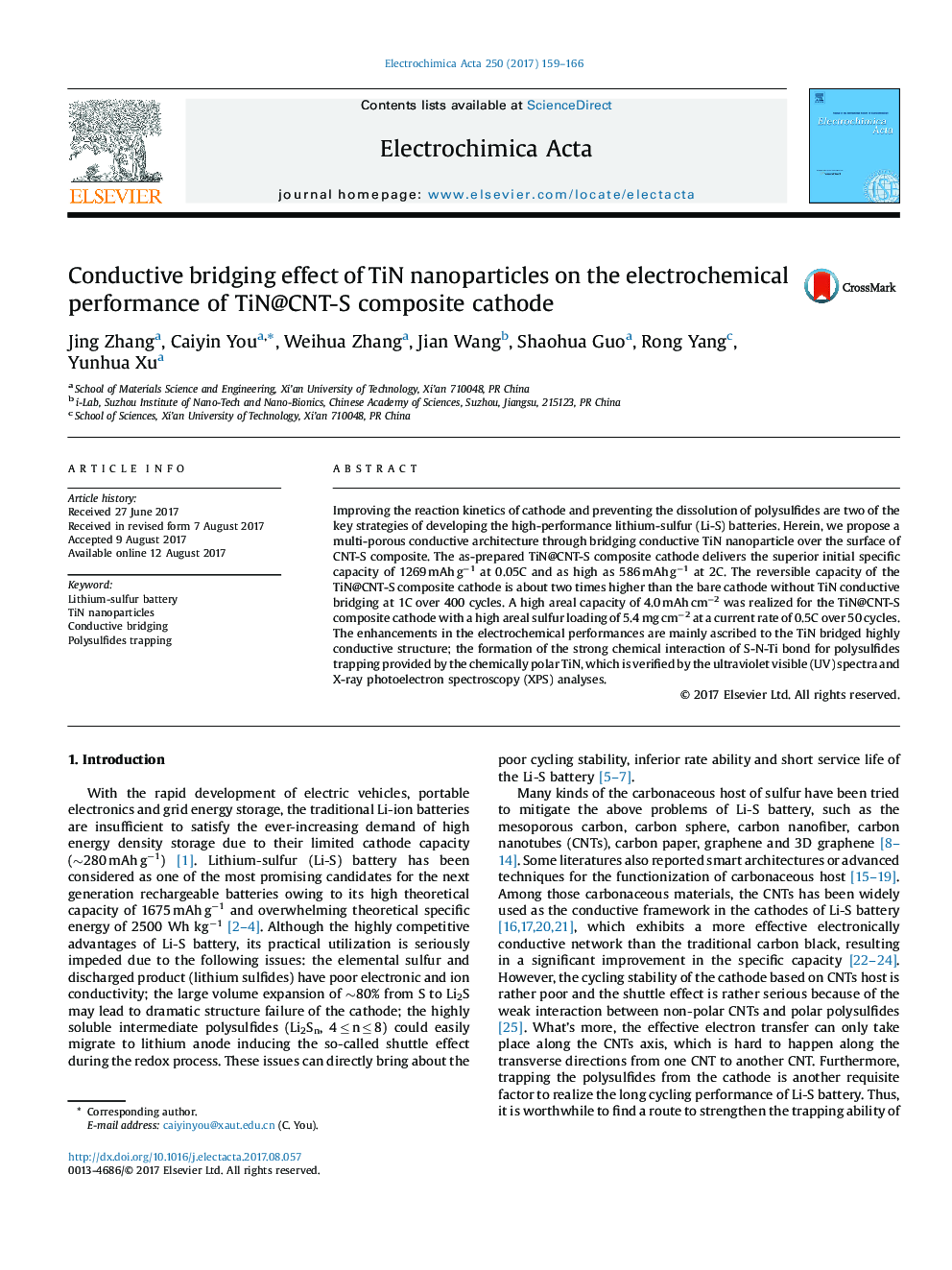| Article ID | Journal | Published Year | Pages | File Type |
|---|---|---|---|---|
| 5440741 | Journal of the European Ceramic Society | 2017 | 8 Pages |
Abstract
Nb-based '312' MAX phase has not been recognized so far, raising a hypothesis that Nb doping would destabilize the isostructural Ti3AlC2. Here we report that (Ti1âxNbx)3AlC2 could persist with a doping limitation up to x = 0.15. As demonstrated by HAADF-STEM analysis, Nb dopants homogeneously distribute among polycrystalline grains at the microscale and randomly occupy the Ti sites at the atomic level. Beyond the limitation, Nb-doped '312' phase Ti3AlC2 decomposes into (Ti,Nb)C, Nb-doped '211' phase Ti2AlC, and Nb-based '413' phase. Compared to pristine Ti3AlC2, the compressive strength of (Ti0.9Nb0.1)3AlC2 at 1200 °C increases by 130%, whereas doping at this level impairs the oxidation resistance. Improving high-temperature strength without deteriorating oxidation resistance can be achieved by 5% Nb doping.
Related Topics
Physical Sciences and Engineering
Materials Science
Ceramics and Composites
Authors
Hui Zhang, Zhaojin Li, Chao Zhang, Jialin Li, Xiaohui Wang, Yanchun Zhou,
